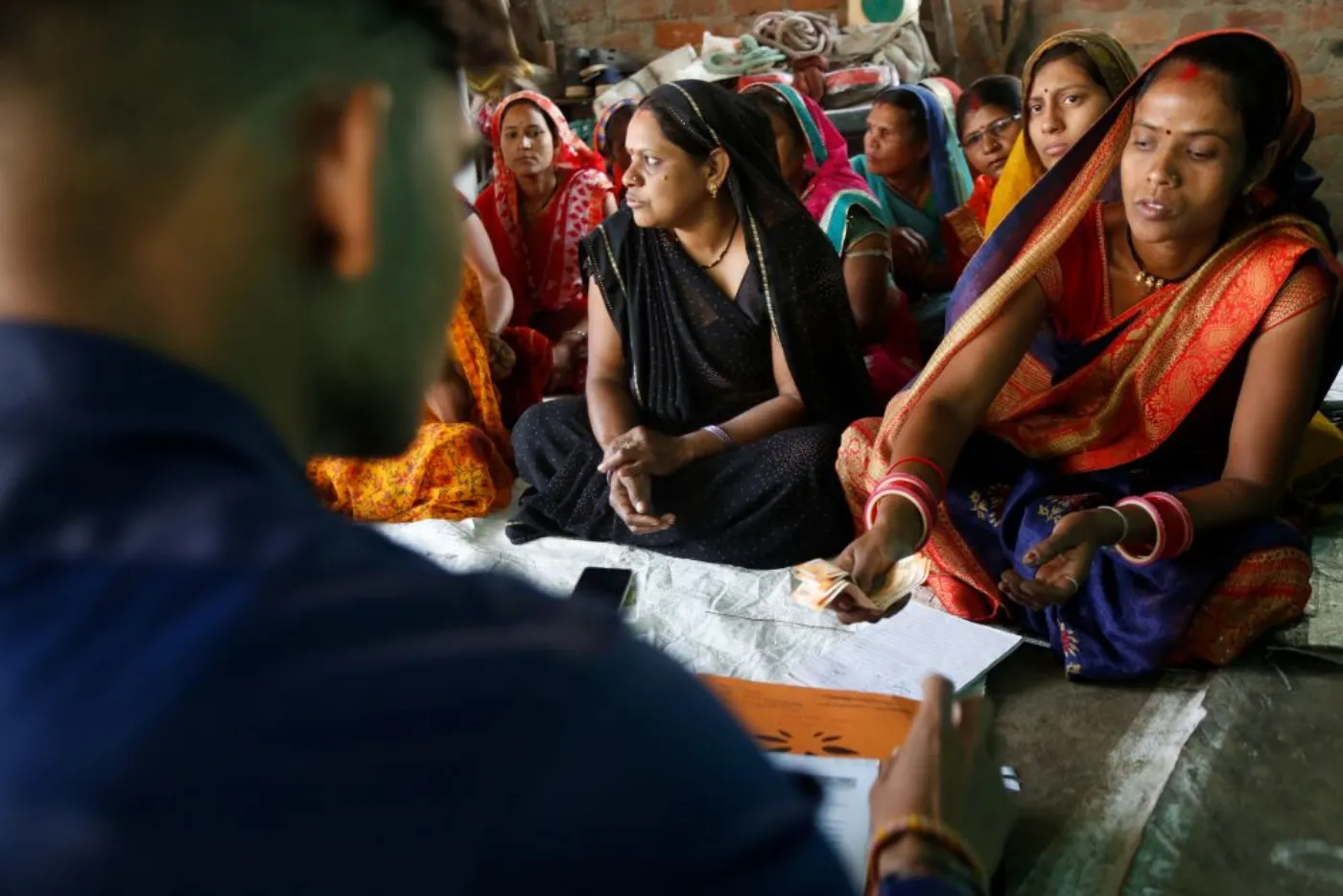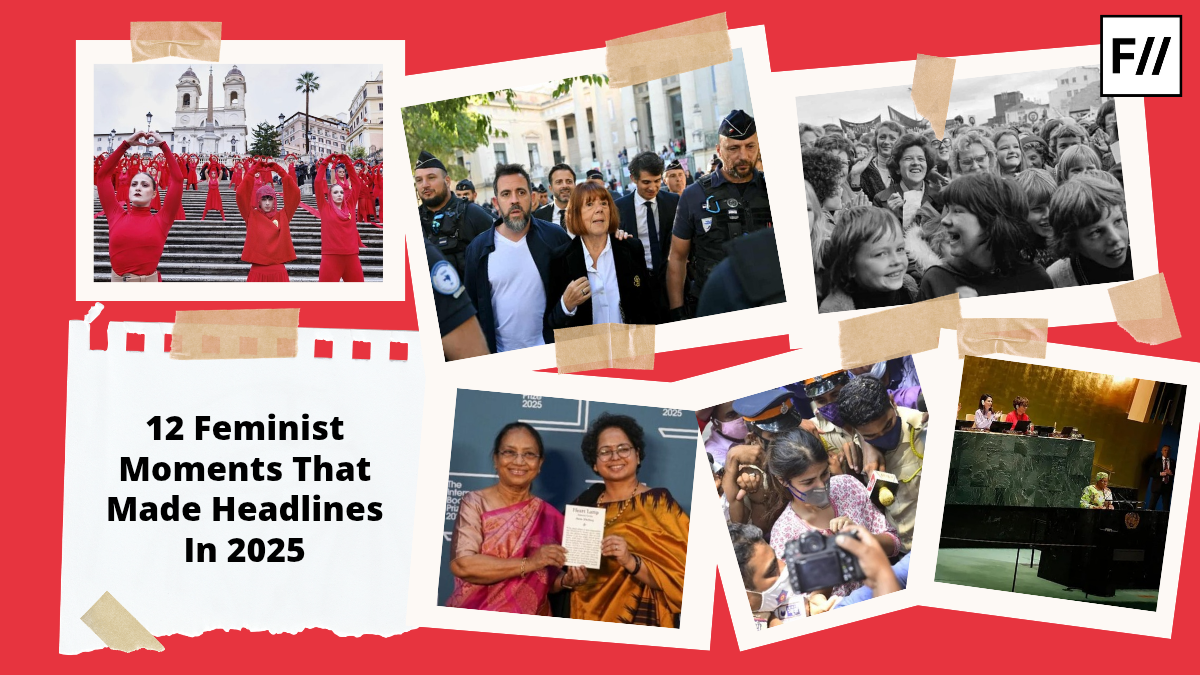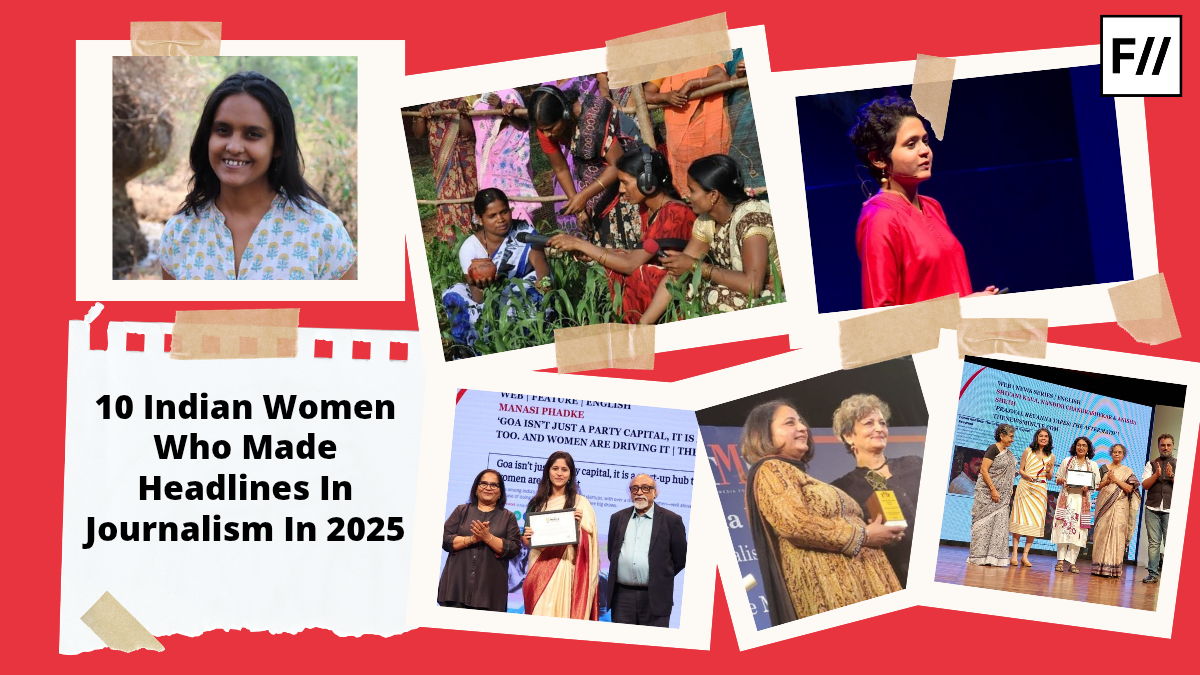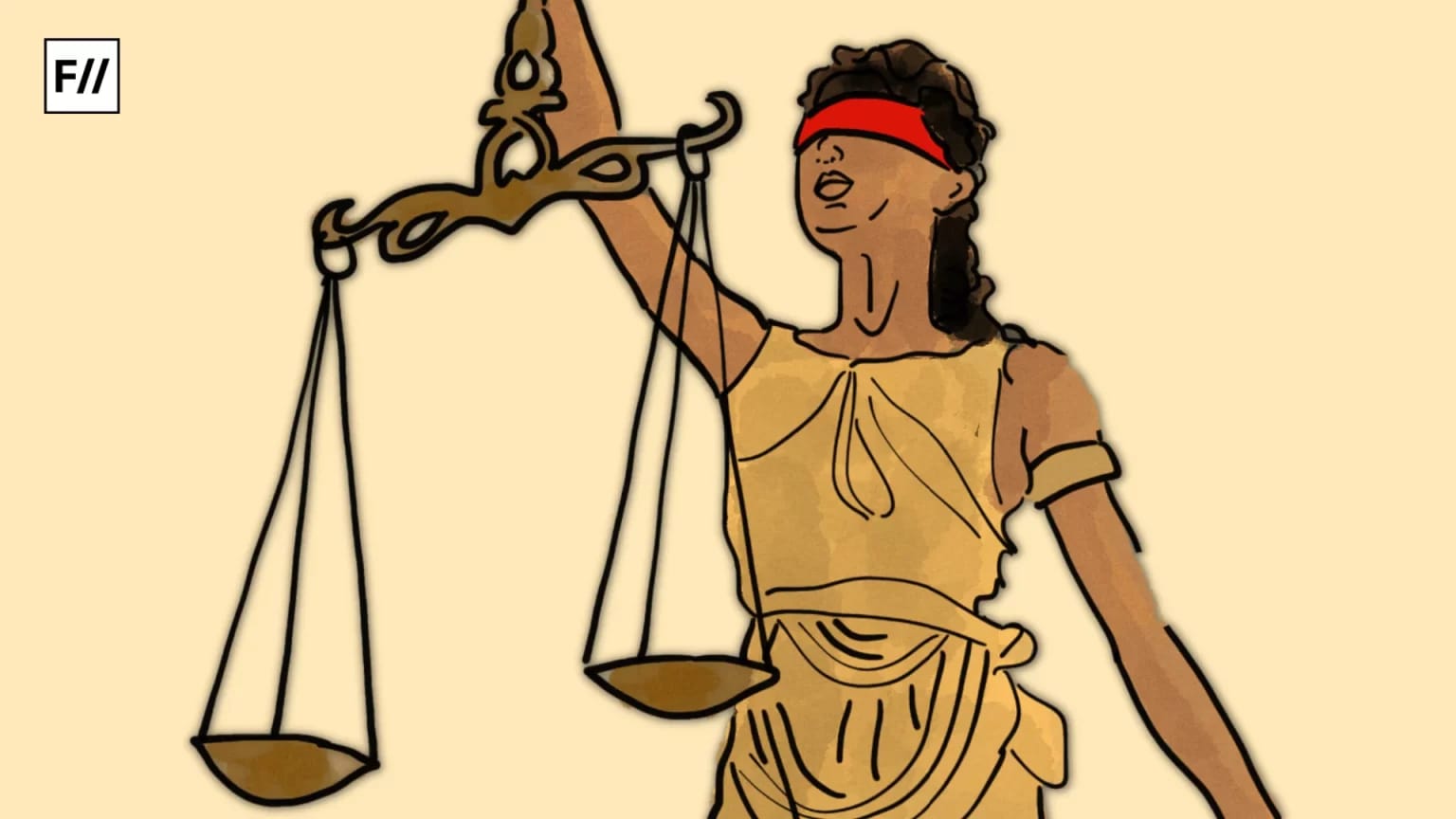Microfinance Institutions (MFIs) emerged in India as a response to the exclusion of the financially marginalised individuals and communities from formal banking, offering small loans as a means for empowerment and poverty alleviation. The India Microfinance Review 2022-23, published by Microfinance Institutions Network (MFIN), states that the microfinance sector served approximately 6.64 crore unique borrowers, the vast majority of which were women. MFIs in India have produced several inspiring success stories which show their potential to uplift marginalised communities. For instance, SEWA in Gujarat has provided over 2 million women with financial services, skills training, and access to markets. IndusInd and Bharat Financial Inclusion Ltd (BFIL) supported over 9 million women borrowers to start their own businesses. And over 90% of Svatantra Microfin’s clients are women.
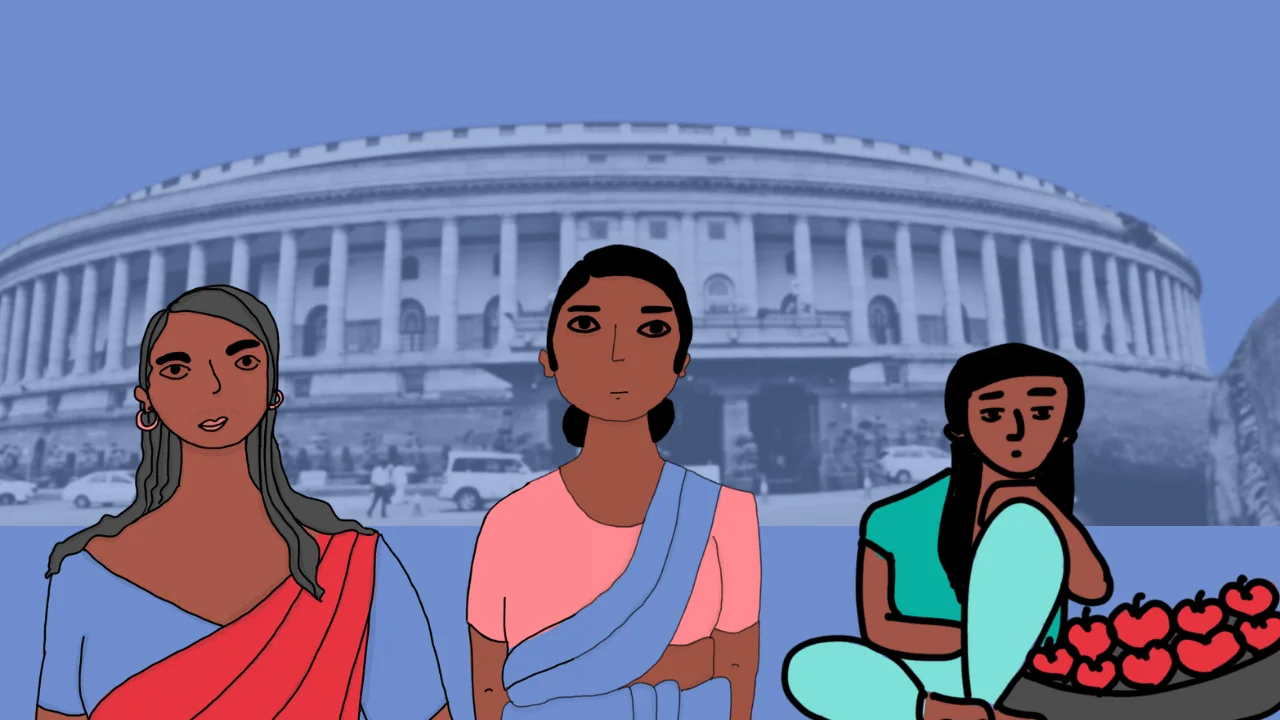
Yet, such statistics and praise for MFIs become questionable when reports like the All India Democratic Women’s Association (AIDWA)’s come to light. Surveying nearly 9,000 women from marginalised communities across 100 districts in 21 states, the study reveals a reality far more harrowing than the success stories suggest.
AIDWA survey report findings: dark side of microfinance
The AIDWA survey report, which was revealed in a National Public Hearing in New Delhi on the 23rd and 24th of August, 2025, highlights a sharp increase in women’s debt, especially in rural areas, where access to institutional credit is limited. It states that public sector banks refuse to grant direct loans to women, which forces them to rely on microfinance institutions and private moneylenders for financial needs. It also states that women are taking those loans not just for productive purposes but also to meet basic household needs like healthcare, education, and food. As such expenditures are spent day-to-day, it traps them in the constant cycle of loans and repayments.
The pressure to repay, combined with shrinking state support for welfare, intensifies women’s unpaid labour and worsens financial stress. The survey also found rising cases of harassment during loan recovery, with women bearing the brunt of repayment pressure due to their role as primary borrowers, leading them to commit suicide, face physical assault, or lose their assets.
The pressure to repay, combined with shrinking state support for welfare, intensifies women’s unpaid labour and worsens financial stress. The survey also found rising cases of harassment during loan recovery, with women bearing the brunt of repayment pressure due to their role as primary borrowers, leading them to commit suicide, face physical assault, or lose their assets. Pushpa Nayak, who’s from Odisha, testifies that ‘Collectors came into my house, shouted abuses, and threatened to take away my roof. Is this what women’s empowerment looks like?’
To take a closer look at the data collected, five out of every hundred women reported facing physical or sexual assault when they failed to repay the loans. Further, more than 30% of women had been subjected to verbal abuse and constant harassment through phone calls and physical confrontations. The terms on which loans were given were also found to be violating the RBI guidelines on collateral agreements. Practices like these expose women to greater patriarchal control and domestic violence, making indebtedness a deeply gendered crisis.
Why are women the primary borrowers?
Microfinance institutions in India, or anywhere around the globe for that matter, have women as their primary borrowers due to several social, economic, and practical reasons, all of which are interlinked. Women are statistically more reliable when it comes to repayment of the money lent, making them an easy target. Beyond repayment, MFIs often frame their initiatives and money-lending through a lens of empowerment.
This empowerment lens views women as central drivers of making a change in household welfare and community development. Women are also perceived as more responsible with household resources, more likely to invest in children’s education, healthcare, and nutrition, and less inclined to spend those monies in an irresponsible manner.
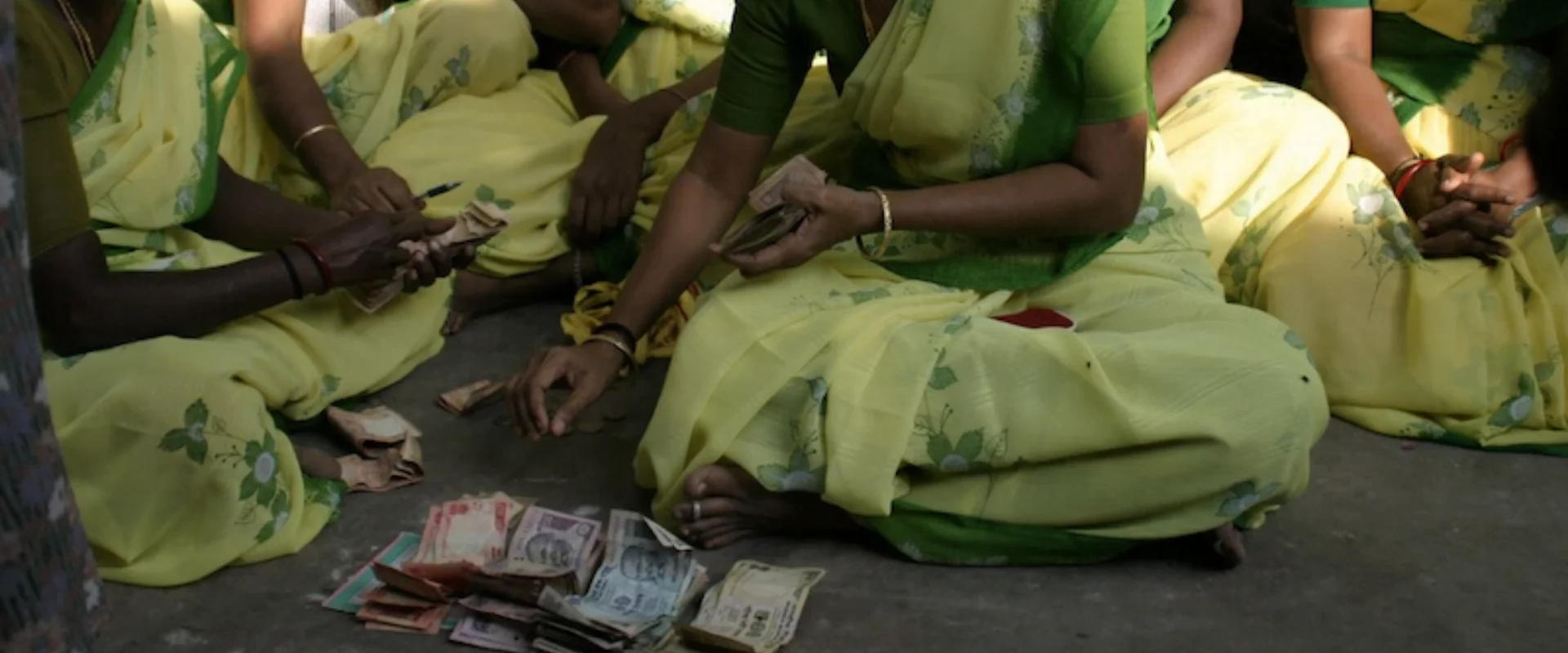
In many ways, it also helps women create support groups where they bond with each other. They meet, share, discuss, and solve issues together. Such groups also foster solidarity amongst women. By framing their contributions this way, MFIs cater to women by giving them the hope that they can improve their financial conditions and also increase their participation in economic activities, which were previously restricted or limited due to gender norms.
Intersectional vulnerabilities and the gendered consequences
Most women who are caught in the microfinance debt belong to Dalit, Adivasi, and other marginalised communities. Patriarchal norms position women as the default borrowers for household needs, but such a role also makes them more likely to face humiliation and harassment when repayments are not met. This vulnerability is further exacerbated based on their caste and class. Unethical and exploitative tactics like public humiliation, harassment, and threats of social boycott become even more severe for women from marginalised communities, deepening their vulnerability. These actions not only deprive women of their dignity but also weaken their position within communities that are already subjected to systemic exclusion.
Most women who are caught in the microfinance debt belong to Dalit, Adivasi, and other marginalised communities. Patriarchal norms position women as the default borrowers for household needs, but such a role also makes them more likely to face humiliation and harassment when repayments are not met.
This intersection of gendered expectations, class, and caste-based exclusion leads to women bearing disproportionate consequences without any means out of it. Debt affects women’s lives in uniquely gendered ways. To meet repayment obligations, women often work longer hours or engage in additional informal work while continuing to manage unpaid labour and responsibilities. Even when loans are taken in their names, decision-making power frequently rests with male family members, leaving women liable for repayment without control over how the money is used. Financial stress can also heighten household tensions, resulting in increased domestic violence and emotional abuse. Together, these consequences reinforce patriarchal control and restrict women’s autonomy.
Microfinance Debt crisis: Who should be held responsible?
The preliminary findings of the survey done by the AIDWA reveal that the government has failed to protect women and their families from the crushing burden of debt and poverty. The report makes it clear that the basic needs of these women, such as food security, healthcare, education for their children, and opportunities for decent work, are not being met.

AIDWA points out that the Central Government’s pro-corporate policies and the RBI’s decision to deregulate microfinance institutions have worsened the situation. Deregulation means that these institutions are allowed to largely monitor themselves without strict government checks. This unchecked power gives MFIs the freedom to exploit their borrowers and the space to harass women. In simple terms, the rules that should have protected women from exploitation are instead protecting the lenders, leaving women without any real safety or security.
AIDWA has called for the removal of microfinance institutions (MFIs) from priority sector lending. They also stress that loans shall be of low interest for female borrowers. It also calls for the ceasing of funding to MFIs by public sector banks. In many of the cases, the loans given through MFIs were found to be almost twice the annual household income of the individuals. AIDWA suggests that such loans shall be waived off, and it should be backed by the government. What was meant to be a financially empowering initiative for women has revealed a deeply systemic and structural confrontation about what pushes women, especially from marginalised communities, into a potential generational debt. The AIDWA survey report on indebtedness amongst women highlights how MFIs trap women in cycles of debt with high interest rates and exploitative methods.
It also invites conversations on what MFIs envisioned it to be versus how it turned out to be. This report has brought to us the uncomfortable truths and realities of women and their families and the extent they go to repay their debts. AIDWA emphasises fair interest rates, effective social welfare schemes, and relief for overly indebted households, as such indebtedness affects women disproportionately.
About the author(s)
Mema is currently a Master's student at South Asian University (SAU). Hailing from Manipur, her lived experiences there have shaped a deep commitment to the feminist cause. She cares deeply about women and their future, which she tries to convey with her writing. She finds joy in reading, writing and cooking.
